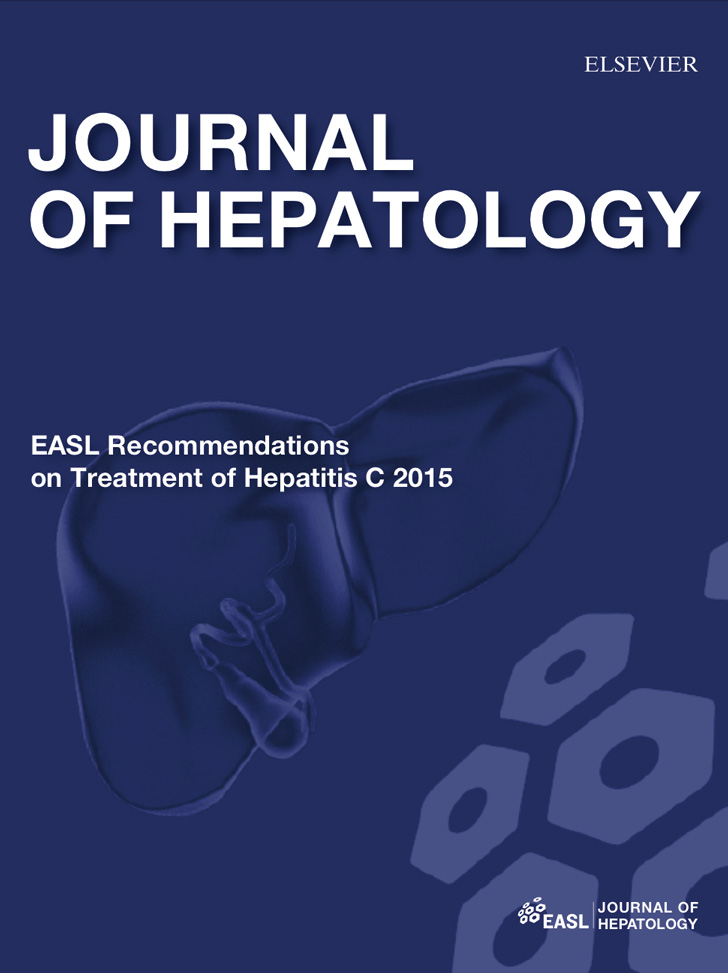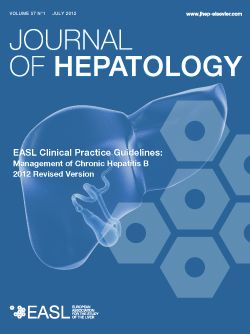EASL Recommendations on Treatment of Hepatitis C (2015)
Hepatitis C virus (HCV) infection is one of the main causes of chronic liver disease worldwide. The long-term impact of HCV infection is highly variable, ranging from minimal histological changes to extensive fibrosis and cirrhosis with or without hepatocellular carcinoma (HCC). The number of chronically infected persons worldwide is estimated to be about 160 million,…




